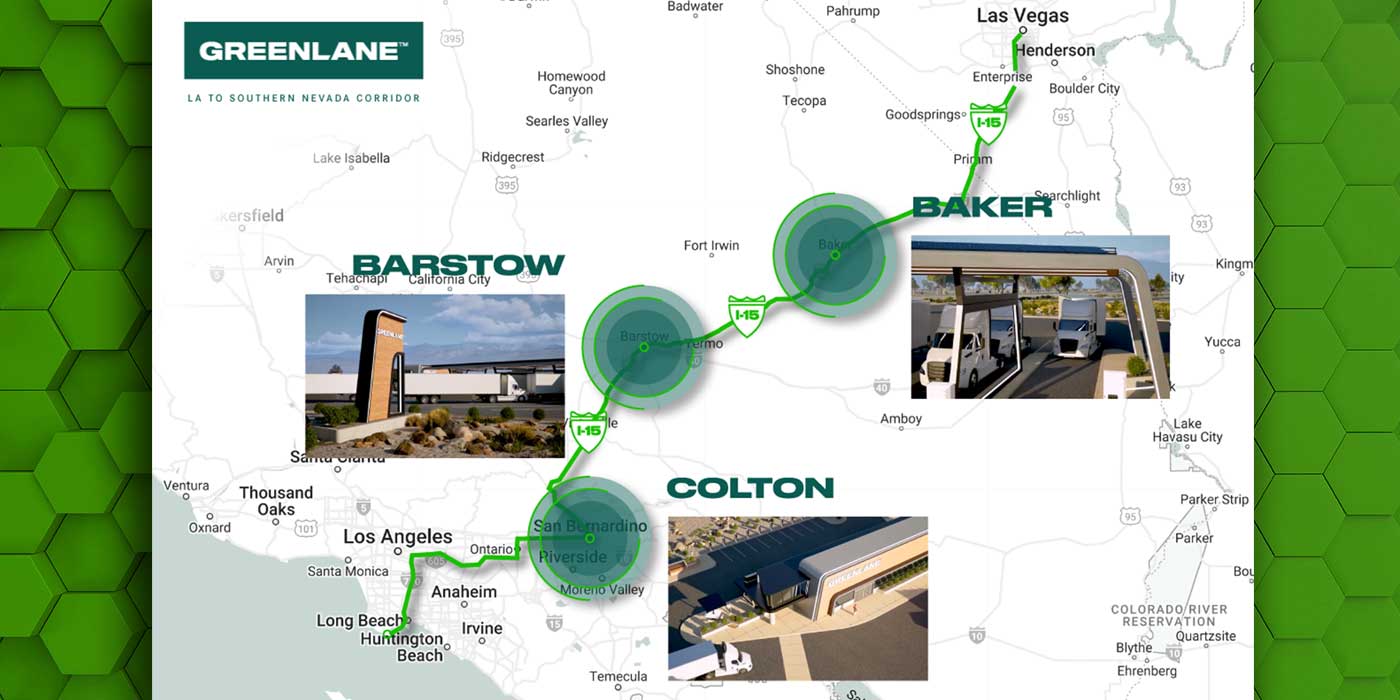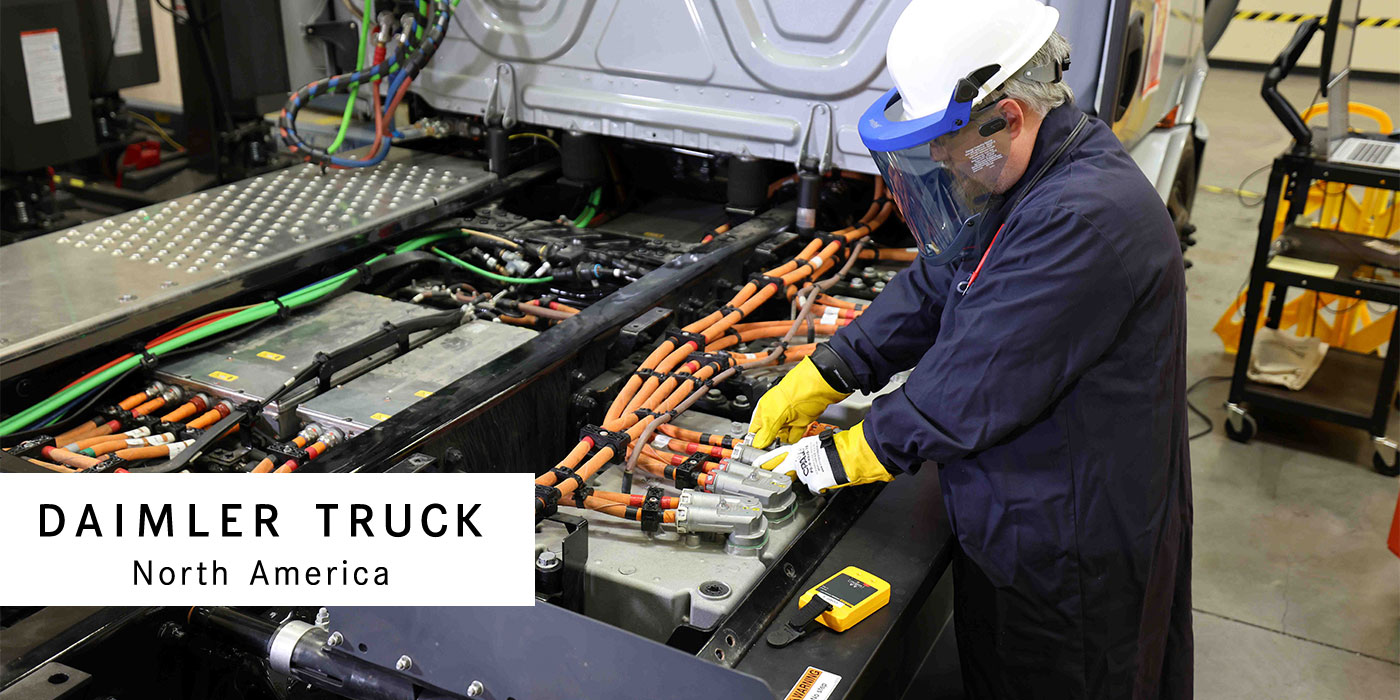As truck data tracking becomes more precise and telematics capabilities continue to grow, it’s important to know the details about everyone you work with—and everyone they work with. There has been no shortage of integration between companies, all of whom specialize in different aspects of telematics—whether that’s providing the platform, tracking the data, providing routing software or any other solution. It’s important not to get lost in the weeds of all this integration and to make sure you know exactly who you’re working with and who has access to your trucks’ information.
We asked a variety of companies about what they look for when they integrate. Both the OEMs and telematics providers were clear that they have strict standards for companies with whom they work.
“We maintain a focus on security and transparency with all of our partners and expect them to do the same,” says Jason Krajewski, director of connectivity with Daimler Trucks North America.
According to Andrew Dondlinger, Navistar’s vice president and general manager of connected services, the company has three important steps when integrating with a third party: They make sure a data protection agreement is in place between Navistar and the third party; they make sure they have permission to share the customer’s data with the third party; and they look for agile partners who can act quickly while ensuring a quality experience for the customer. Similar standards also apply to telematics providers who integrate with other telematics providers.
“The Verizon Connect platform has robust encryption and security protocols across the entire data lifecycle,” says Chris Ransom, director of solutions engineering at Verizon Connect. “Data is transmitted at various frequencies via secure connections on cellular carrier networks. We also have a full-time security team in our engineering group that is constantly assessing any vulnerabilities, ensuring our data process meets our strict security standards.”
“The third-party provider must comply with the original end-user license agreement specifications that are spelled out between the provider and the customer,” says Gerry Mead, executive director of innovation for Phillips Industries. “The end users’ best interests should always come first when integrating with OEMs or suppliers.”
These are just a few examples. It’s always important to do your homework on any technology or equipment providers you may be working with, and make sure they are working in your best interests. With more data available than ever, there’s more at stake.
Fleet Equipment is here to help. Our December issue is packed with data-related stories, including:
First things first: Do you really own your trucks’ data?
You can find tips on navigating end-user license agreements here.
Geotab shares its vision of a data-driven future here.
Lastly, we crown data as our ‘Equipment Trend of the Year’ here.













